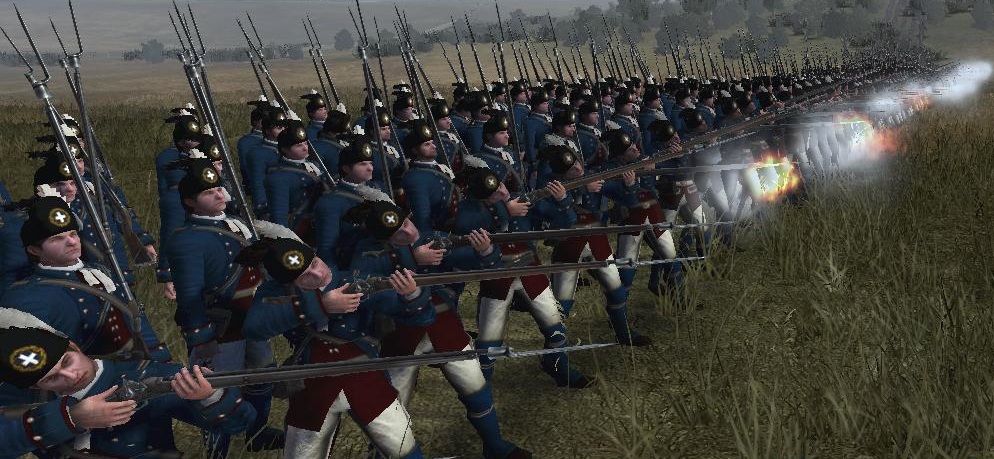


This is the result of a combination of factors: the privileging of male actors in war historiography generally, the geographic and cultural “othering” of Russia that has led to its neglect in Western scholarship, and the overshadowing of the war by the events of the Russian Revolution of 1917 and subsequent Soviet dismissal of the First World War as a “bourgeois imperialist” conflict unworthy of serious study. Although some focused studies have been produced, examining aspects of women’s wartime participation such as nursing, which had become a culturally acceptable means of female involvement in the war effort, and, as a result of its extraordinary nature, women’s soldiering, there is as yet no comprehensive history of Russian women’s wartime experiences. Furthermore, the activities of Russian women in this war set important precedents for their use in future military conflicts.ĭespite their vital contributions, Russian women’s participation in the First World War, while recently receiving increased attention from scholars, is still understudied both in comparison to male experiences and to that of women in Western belligerents. They also served in distinctly unconventional ways, as thousands became soldiers, greatly outnumbering the handful of examples of female soldiers in other warring states, and uniquely, as part of state-sponsored all-women’s military units. Their experiences often differed from those of their Western counterparts as a result of the highly mobile nature of warfare on the Eastern Front and their close proximity to the fighting. Even when they participated in conventionally acceptable roles, for example as nurses, they often did so in places and activities that crossed gender borders, on the front and in the direct line of fire. The participation of women in Russia during the First World War transcended previous war experiences, created new opportunities and challenges, and blurred boundaries of gendered behavior and expectations. They contributed in ways that were consistent with past wartime experiences, as well as in new and unique ones. Women in Russia were mobilized for war beginning in 1914 in a vast array of activities essential to the war effort, resulting in the participation of millions both on the home front and on the frontlines.


 0 kommentar(er)
0 kommentar(er)
